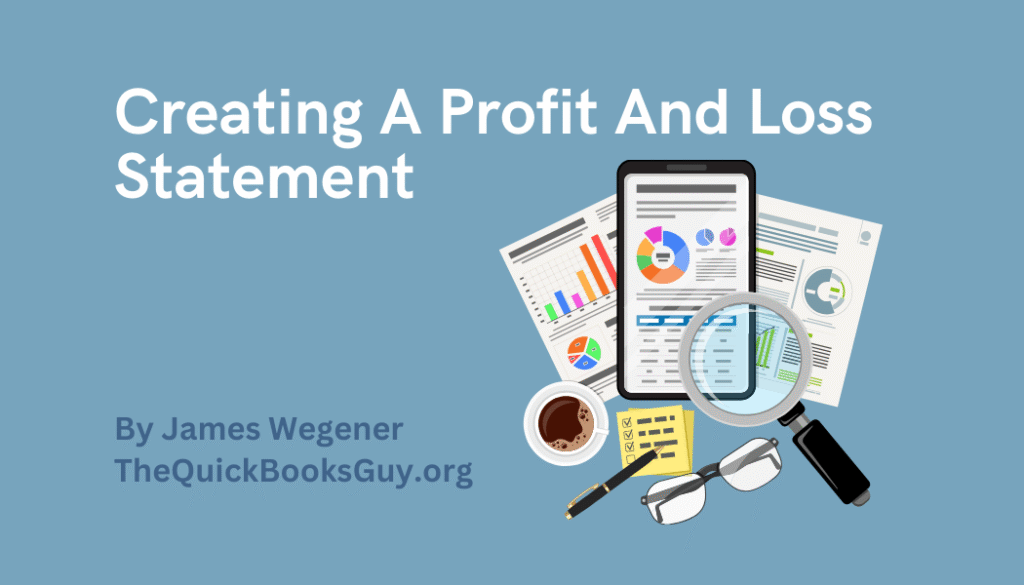
The Profit and Loss (P&L) statement provides a snapshot of your business’s revenue, expenses, and net income over a specific period. However, creating a P&L statement can be daunting, especially if you’re not well-versed in accounting principles. Let’s delve into the 8 steps to creating a Profit and Loss statement:
- Gather Financial Data: The first step in crafting a P&L statement is to gather all relevant financial data. This includes your revenue sources such as sales, services, or other income streams, as well as your expenses such as rent, utilities, salaries, and marketing costs.
- Organize Income and Expenses: Once you have collected your financial data, it’s time to organize it into categories. Divide your income and expenses into logical groups to ensure clarity and accuracy in your statement. Common categories include revenue, cost of goods sold (COGS), operating expenses, and non-operating expenses.
- Calculate Revenue: Calculate your total revenue by adding up all income streams generated during the reporting period. This may include sales revenue, interest income, or any other sources of income relevant to your business.
- Determine Cost of Goods Sold (COGS): For businesses that sell products, calculating the Cost of Goods Sold is very important. COGS includes direct costs associated with producing goods or services sold, such as materials, labor, and manufacturing overhead. Subtracting COGS from revenue gives you your gross profit.
- List Operating Expenses: Operating expenses are the costs incurred in the day-to-day operations of your business. This includes rent, utilities, salaries, marketing expenses, and other overhead costs. List each expense category separately and include the total amount spent in each category for the reporting period.
- Calculate Net Income: Net income, also known as the bottom line, is the difference between your total revenue and total expenses. Subtract your operating expenses (including COGS) from your total revenue to determine your net income. A positive net income indicates profitability, while a negative net income signals a loss.
- Review and Analyze: Once you’ve calculated your net income, take the time to review and analyze your P&L statement. Look for trends, identify areas of strength or weakness, and gain insights into your business’s financial performance. This analysis will help you make informed decisions to improve profitability and efficiency.
- Seek Professional Assistance: Crafting a P&L statement can be frustrating, especially for those without a background in accounting. an expert that specializes in financial reporting can help you handle this process.
Not ready to do it on your own
The QuickBooks Guy offers not just bookkeeping services but also a partnership in your financial journey. With a deep understanding of QuickBooks and a commitment to personalized service, The QuickBooks Guy is your ally in navigating the complexities of bookkeeping. By choosing us, you ensure that your business’s financial health is in capable hands.
Don’t let bookkeeping challenges hold you back any longer. Reach out today at 678-923-5904 or drop an email to TheQuickBooksGuy@gmail.com.




